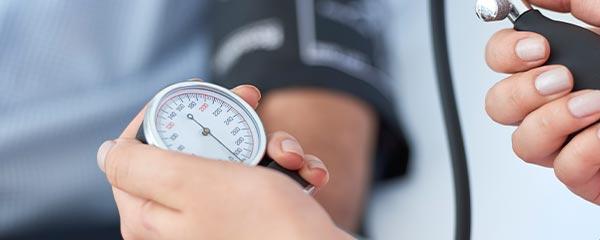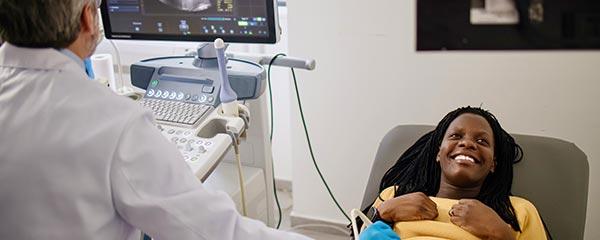WASHINGTON, D.C. -- Testing rates for high blood pressure -- one of the “most serious, neglected health problems in both the developed and developing worlds” -- are up among women globally, according to the latest .[1]
Data from Year 3 of the annual global women’s health study, conducted in 143 countries and territories in 2022, show 36% of women were tested for high blood pressure in the previous 12 months, which is a small but statistically significant increase from 33% in Year 1 (2020).
This increase is crucial because while high blood pressure is relatively easy to treat, it often goes undiagnosed. High blood pressure is a risk factor for cardiovascular diseases, which ranks among the top causes of death for women around the world.
Moreover, testing for high blood pressure is the only area where preventive care has improved for women. Testing rates for other conditions and diseases that kill millions of women -- cancer, diabetes and sexually transmitted diseases/infections -- have not changed since 2020, the first year of the survey.
Despite the improvement, still too few women are being tested. The U.S. Preventive Services Task Force recommends that all adults over 18 be tested for high blood pressure and that adults over 40, or those who are at increased risk, should be screened every year.[2] The 64% of women globally who were not tested translates into nearly 2 billion women, including more than half a billion over the age of 40.
High blood pressure testing is up across most age groups.
Women are at risk for cardiovascular disease-related complications and death throughout their lives, but more so as they age and particularly during menopause. Aging contributes to vascular stiffness, atherosclerotic disease and high blood pressure, and hormonal changes during menopause -- which occur together with age -- can lead to weight gain and higher blood pressure and cholesterol levels.
Notably, reported testing increased among women in almost all age groups between Year 1 (2020) and Year 3 (2022), except in the 41-to-50 and 61-to-70 age groups. The largest increase was eight points among women aged 51 to 60, the age group most closely associated with the typical onset of menopause.
More countries saw high blood pressure testing rates rise than fall.
Across the countries surveyed in both Years 1 and 3, reported testing for high blood pressure increased significantly (by at least five percentage points) among women in 40 countries while falling significantly in 21.
The U.S. is among the countries with significant increases, with overall testing rates rising from 56% in Year 1 to 65% in Year 3.
Unlike many of the countries with sizable increases in testing, most of the increase in the U.S. came among women between the ages of 15 and 50, rising from 41% in Year 1 to 53% in Year 3. Notably, high blood pressure was the only condition or disease that U.S. women in this age group were more likely to get tested for in Year 3. Cancer, diabetes and STD/STI testing remained unchanged.
Conclusion
Prevention, early detection and effective management of hypertension are among the most cost-effective interventions available in healthcare. But the only way for people to know if they have high blood pressure -- which usually has no warning signs or symptoms -- is to have their blood pressure regularly checked.
The latest Hologic Global Women’s Health Index report shows more women, who are often undiagnosed for high blood pressure, are being tested today than they were at the onset of the pandemic. Although still too few women are being tested, the increase is one positive sign as the world races toward its goal of reducing the prevalence of hypertension by 33% by 2030.[3]
To stay up to date with the latest Â鶹´«Ã½AV News insights and updates, .
Learn more about how the works.
[1] Schenck-Gustafsson, K. (2009). Risk factors for cardiovascular disease in women. Maturitas, 63(3), 186-190.
[2] U.S. Preventive Services Task Force. (2021). Screening for Hypertension in Adults. Retrieved from .
[3] World Health Organization (2023, March 16). Retrieved from .




